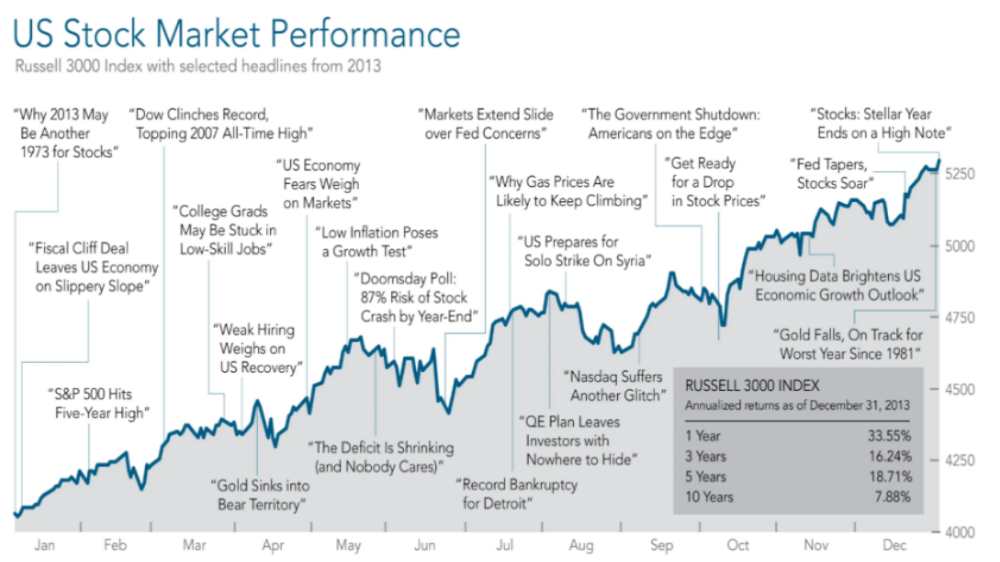
Introduction
Imagine stepping into a bustling marketplace where fortunes are made on a daily basis, where the ebb and flow of prices can feel as unpredictable as the weather in New York. Welcome to the U.S. stock market—a dynamic, ever-changing arena that reflects both the innovation and the challenges of modern business. In this guide, we’ll explore the nuts and bolts of American equities, stripping away the jargon and embracing a straightforward, human approach. Whether you’re a seasoned investor or just curious about how the “big board” works, this journey is designed to offer clarity, insights, and even a few smiles along the way.
The U.S. Stock Market: A Living Ecosystem
At its core, the U.S. stock market isn’t just a collection of numbers—it’s a vibrant ecosystem teeming with life and activity. From well-established blue-chip companies to nimble startups looking to disrupt industries, the market is a reflection of America’s entrepreneurial spirit. Major indices like the S&P 500, Dow Jones, and NASDAQ act as barometers of economic health, each telling a part of the larger story.
Think of these indices as the pulse of the market. When the S&P 500 climbs, it’s a sign that many sectors are thriving. Conversely, a dip might indicate broader economic concerns. But like any living system, the market has its quirks, surprises, and moments of sheer unpredictability.

Key Players and Sectors: Who’s Making the Noise?
The U.S. stock market is a stage where diverse players come together, each adding their own flair. Let’s break down some of the key contributors:
- Blue-Chip Companies: These are the stalwarts—the companies with long histories and steady earnings that investors often turn to for reliability. Think of them as the seasoned veterans of the market.
- Growth Stocks: On the other side, you have high-flying growth stocks, often from technology or biotech sectors. These companies promise rapid expansion but come with a fair share of risk.
- Dividend Stocks: For those who prefer a steady income stream, dividend-paying stocks offer a way to earn regular returns while participating in the market’s overall growth.
- Sector Trends: Technology, healthcare, consumer goods, and energy are just a few sectors shaping the market’s narrative. Each sector has its own rhythm, challenges, and opportunities, contributing to the market’s overall vibrancy.
In this melting pot of industries, every investor’s strategy is as unique as their personality. Whether you’re chasing fast growth or looking for stability, understanding who’s in the game is the first step.

Riding the Waves of Market Volatility
If you’ve ever observed the stock market, you know that volatility is its middle name. Price swings can be dramatic, and sometimes it feels as if the market is riding a rollercoaster designed by a mischievous engineer. So, what drives this volatility?
- Economic Data and Earnings Reports: Regular updates on the economy, job numbers, and corporate earnings have a significant impact. Good news can send stocks soaring, while disappointing figures can lead to sharp declines.
- Global Events and Politics: International crises, trade negotiations, and political shifts can quickly ripple through the market. It’s a reminder that the U.S. market doesn’t operate in isolation.
- Investor Sentiment: Perhaps the most unpredictable factor is human emotion. A single tweet or headline can spark widespread optimism—or panic—causing rapid price changes.
Despite the occasional storm, volatility also creates opportunity. Investors who stay informed and maintain a cool head can sometimes find value in moments of uncertainty.
Investing Strategies for the Real World
Navigating the U.S. stock market successfully is less about crystal-ball predictions and more about smart, informed decisions. Here are a few strategies that many seasoned investors swear by:
- Diversification: Don’t put all your eggs in one basket. A well-diversified portfolio spreads risk across various sectors and asset classes, helping cushion against unexpected market downturns.
- Long-Term Perspective: While short-term trading can be thrilling, a long-term view often yields better results. History has shown that, over time, the market tends to reward patience.
- Research and Continuous Learning: The market is always evolving, and staying updated through research and expert opinions is key. Consider each investment decision as part of a larger learning curve.
- Risk Management: Setting stop-loss orders and knowing your risk tolerance are essential tools. It’s like wearing a seatbelt—you hope you won’t need it, but it’s there for your protection.
Investing in the U.S. stock market is both an art and a science. It involves analyzing hard data while also recognizing the human element behind every trade. It’s a bit like cooking—you need both the right ingredients and the intuition to know when to adjust the flavor.

Anecdotes from the Trading Floor: Lessons in Laughter and Learning
Beyond the charts and numbers, the stock market is filled with stories that remind us of its very human side. Consider the tale of a once-doubted startup that became a household name almost overnight, or the humorous mishaps of traders who’ve learned the hard way that sometimes, even the best strategies need a rethink. These anecdotes—whether of wild gains or sudden losses—offer valuable lessons and a touch of humility.
There’s a charm in realizing that even the most calculated professionals can have a moment of levity when the market surprises them. It’s in these moments that we see the true spirit of investing: a blend of careful planning, a dash of serendipity, and the willingness to laugh at ourselves when things don’t go as expected.

Conclusion
The U.S. stock market is much more than a playground for finance professionals—it’s a living, breathing ecosystem that mirrors the diversity, creativity, and occasional chaos of modern American life. From the steady presence of blue chips to the explosive energy of growth stocks, every facet of the market offers its own challenges and rewards.
Whether you’re planning your first investment or refining an advanced strategy, remember that success in the market comes from a mix of informed decision-making, patience, and even a bit of humor. Embrace the unpredictability, learn from the ups and downs, and enjoy the journey. After all, the market’s twists and turns are what make the ride so exhilarating.
